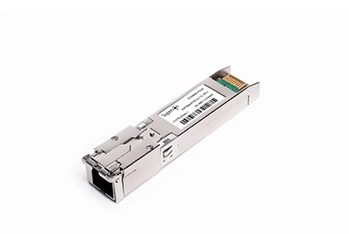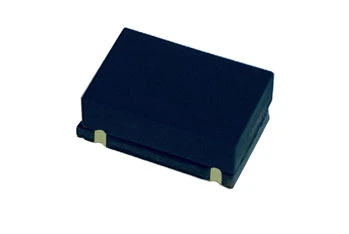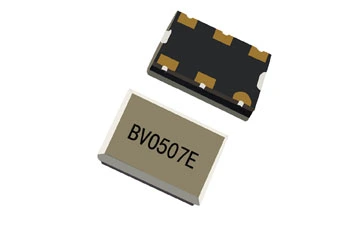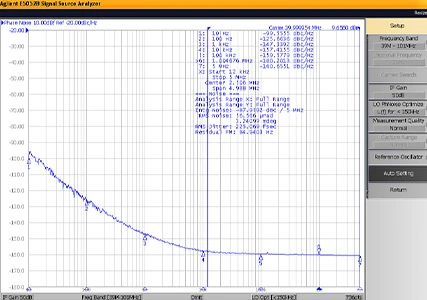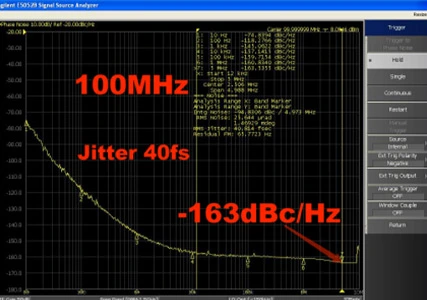A large part of data collection, processing, and critical infrastructure has been digitized. What all these efforts have in common is the need for highly accurate reference clocks. Usually, various crystal oscillators are used as frequency-determining components. Low phase noise TCXOs have lower phase noise levels and are suitable for applications with high requirements for frequency accuracy and signal quality.
Low phase noise TCXO plays a crucial role in today's highly digitalized data collection, processing, and critical infrastructure. Their unique advantages and importance are reflected in the following aspects:
In communication systems, the synchronization of data packets and accurate timestamping are essential for ensuring the correct transmission of data. Low phase noise TCXOs can generate extremely stable clock signals, reducing clock jitter and phase deviations, thereby significantly improving the accuracy and reliability of data transmission. This is especially important in applications such as wireless communications, satellite communications, and high-speed Ethernet, which have very high requirements for time synchronization and data integrity.
Phase noise is a key indicator of oscillator performance and reflects the spectral purity of the oscillator's output signal. Low phase noise means that the output signal's spectrum is cleaner and has reduced harmonic and spurious signal interference. In applications like radar, satellite navigation, and precision measuring instruments, low phase noise TCXOs can significantly enhance signal quality, enabling systems to more accurately recognize and process received signals, thereby improving overall system performance.
Under long-term operation and complex variable environmental conditions, traditional crystal oscillators may be affected by factors such as temperature fluctuations and vibrations, leading to frequency drift and performance degradation. Low phase noise TCXOs, with their built-in temperature compensation mechanism, can automatically adjust the oscillation frequency to offset the impact of environmental changes, ensuring the long-term stability and reliability of the clock signal. This is particularly important for critical infrastructures that require continuous stable operation, such as data centers, telecom base stations, and medical devices.
In satellite navigation systems like GPS and BeiDou, time synchronization and precise positioning rely on high-precision clock signals. Low phase noise TCXOs can provide extremely stable clock references, reducing positioning errors and time delays, thereby enhancing the accuracy and reliability of navigation systems. Additionally, in synchronized communication networks, such as 5G and IoT, low phase noise TCXOs are also important components for achieving precise synchronization between network nodes.
With the continuous advancement of technology and the expansion of application scenarios, the requirements for clock signals are also increasing. Low phase noise TCXOs, with their excellent performance, not only meet the needs of existing applications but also provide strong support for future technological progress and application expansion. For example, in fields such as autonomous driving, telemedicine, and industrial automation, low phase noise TCXOs will play more important roles, driving technological innovation and development in these areas.
To sum up, low phase noise TCXOs, with their superior performance and wide application prospects, occupy an important position in data collection, processing, and critical infrastructure. TCXO manufacturers need to focus on improving their product quality and competitiveness to contribute to the expansion of the application fields of low phase noise TCXOs.
 English
English français
français Deutsch
Deutsch Español
Español русский
русский


